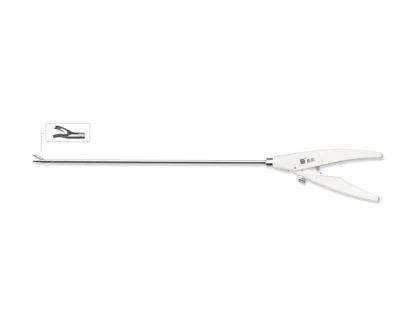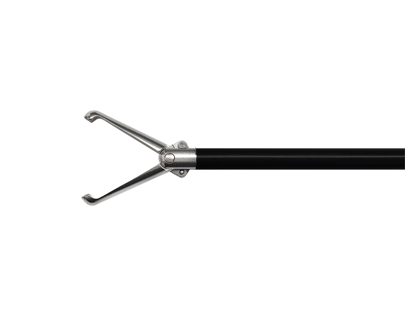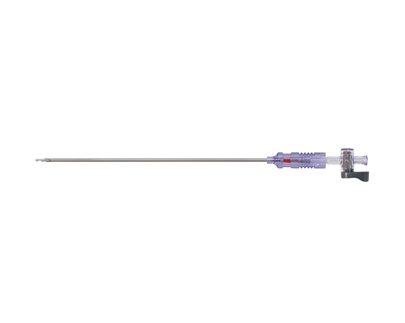A Brief Introduction of Disposable Electrode Surgical Instruments
A high-frequency electrotome (HF) is an electrosurgical instrument that replaces a mechanical scalpel for tissue cutting.
It heats the tissue through the high frequency and high voltage current generated by the effective electrode tip when contacting with the body to achieve the separation and solidification of the tissue, so as to achieve the purpose of cutting and hemostasis.
High-frequency electrotome has been used in clinic for more than 90 years since 1920. It has experienced four generations of changes from spark plug discharge - high power tube - high power transistor - high power MOS tube.
With the development of medical technology and clinical requirements, the complex electrosurgical equipment mainly based on high-frequency scalpel has also developed correspondingly. And then derived from various high-frequency surgical device special accessories (such as: laparoscopic metzenbaum scissors, laparoscopic unipolar maryland dissector, unipolar clinch grasper, laparoscopic bipolar scissors and etc.) have also opened up a wider range of use for clinical surgery.
Disposable electrode surgical instruments have two main operating kinds: unipolar and bipolar.
Unipolar kinds
With unipolar electrosugical instruments, tissue is cut and solidified by a complete circuit consisting of a high frequency generator in a electrosurgical scissors, a patient plate, connecting wires and electrodes.
In most applications, the current passes through the patient through the active wires and electrodes, and is returned to the generator of the High-Frequency electrosugical instruments by the patient plate and its wires.
The heating effect of a high-frequency electrosurgical instruments, which destroys diseased tissue, is not caused by the heating electrode or blade, as is the case with an electric cautery. It concentrates high-frequency current at a high current density to destroy tissue at the point of contact with the active electrode tip. Clotting occurs when the temperature of the tissue or cell in contact with or near the active electrode rises to the point where the proteins in the cell denature. This precise surgical effect is determined by the waveform, voltage, current, type of tissue and the shape and size of the electrode.
Bipolar kinds
Bipolar electrocoagulation is through the two tips of the bipolar forceps to provide high frequency electrical energy to the body tissue, so that the blood vessels between the two ends of the bipolar forceps dehydration and coagulation, to achieve the purpose of hemostasis. Its scope of action is limited to the two ends of the forceps, the degree of damage to the body tissue and the scope of influence is much smaller than the unipolar kinds.
Bipolar instruments are suitable for the closure of small blood vessels and fallopian tubes. Therefore, bipolar coagulation is mostly used in brain surgery, microsurgery, ent, obstetrics and gynecology, hand surgery and other delicate operations. The safety of bipolar electrocoagulation is gradually recognized and its application is gradually expanding.
Eletrosurgical instruments are more and more used in a variety of endoscopic surgery, such as: laparoscopic, prostatectomy, gastroscopy, cystoscope, hysteroscopy and other operations.
Due to its simultaneous cutting and coagulation, the high-frequency electrotome is widely used in operations that are difficult to access and perform with a mechanical scalpel (e.g., abdominal duct ligation, resection of prostatic urethral masses). They are also widely used in the operation of diffuse oozing sites such as liver, spleen, thyroid, breast and lung due to its prominent coagulation effect.



